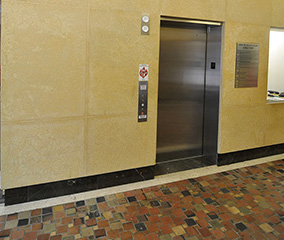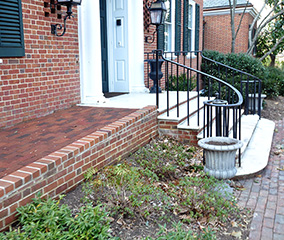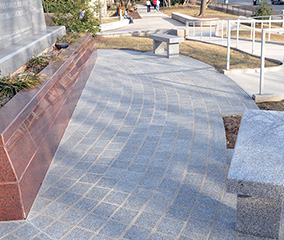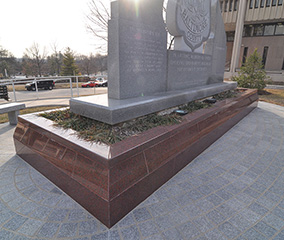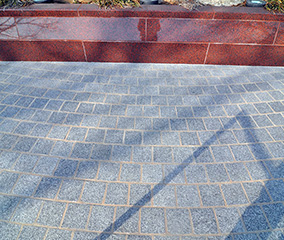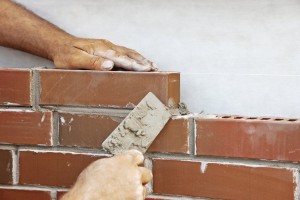
Newly constructed brick masonry may have brick efflorescence occur.
Have you ever seen brickwork with powdery scum on it that’s white, brown, green or yellow? That’s what masons call efflorescence. Efflorescence has been a masonry problem for thousands of years, and occurs when deposits of water-soluble salts are left on the surface of the bricks as water evaporates. This usually happens about a month after a building is constructed, but sometimes as long as a year after completion.
Causes of Efflorescence
There are many complicated mechanisms that can result in efflorescence. To put it simply, efflorescence occurs when water containing dissolved salts is brought to the surface of the masonry. When the water evaporates, the salts are left on the surface creating this “scum”. In order for this to happen, soluble salts must be present or in contact with your brickwork. There also needs to be a source of water in contact with the salts for a period of time in order to dissolve them. Usually efflorescence on brickwork less than a year old is simply a product of new building bloom. In cases when efflorescence occurs on structures completed more than a year ago, it may indicate excessive water penetration or poor drainage.
Controlling Brick Efflorescence
It can be difficult to prevent efflorescence altogether because water is naturally used in mortar and grout during construction. That said, controlling these three conditions will help reduce brick efflorescence.
- Reduce all soluble alkali sulfates.
- Use good details to prevent water from entering the masonry.
- Use good construction practices to remove migratory paths for moisture.
When efflorescence does occur, a dry brush can be used to remove water soluble salts. Rinsing with water or the natural weathering process can also help. If the efflorescence is in limited areas, a mild detergent and a stiff bristle brush can be used to get rid of it. Some masons opt to sandblast efflorescence off, but this abrasive action will also erode the surface of the brick and the tooled mortar joints.
Masonry Repair and Restoration from Del Prete Masonry
For all of your questions regarding masonry repair and restoration, feel free to contact Del Prete Masonry. Our masonry restoration professionals have the experience and history of satisfied clients to prove that we’ll get the job done right, and cost-effectively. To get started with your masonry restoration project, please contact our office today at 410-683-0650 or email us at mike@delpretemasonry.com. We serve Baltimore City, County, Harford County, Carroll County, Anne Arundel County, and Howard County.
Keep up with our blog for masonry related information, and follow us on Facebook, Twitter, and Google+!
Tags: brick masonry, brickwork, efflorescence












